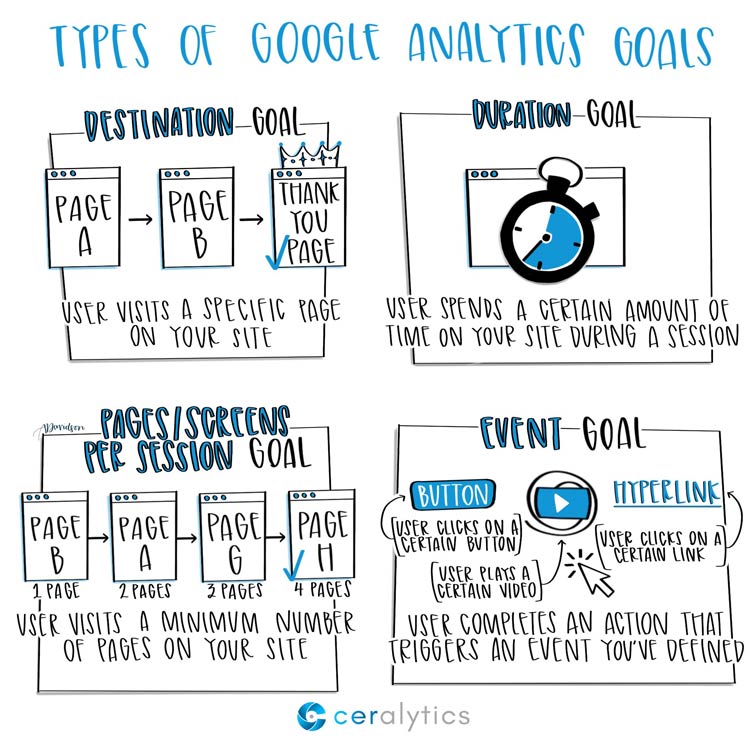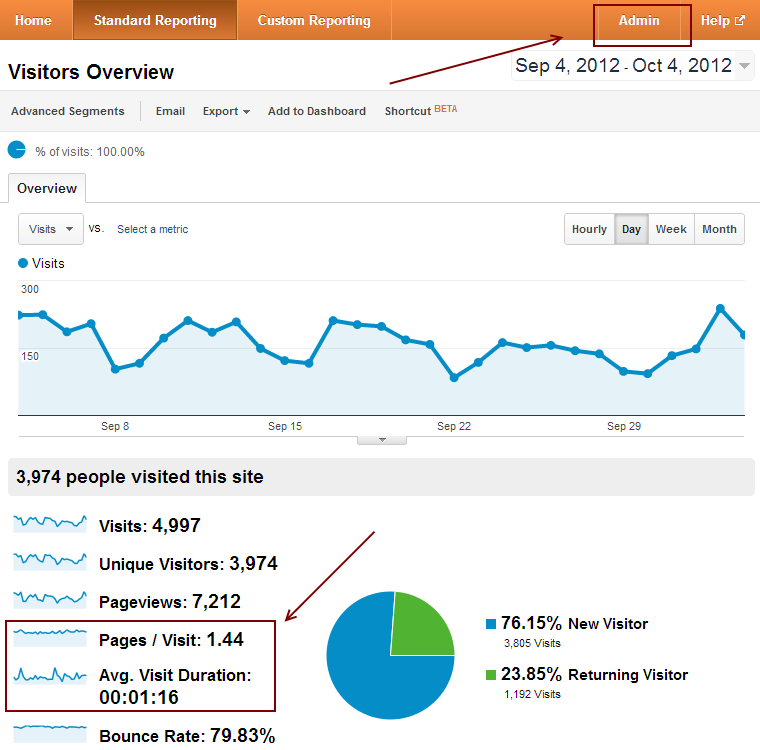Comprehensive Listing of What Data Is Google Analytics Goals Unable to Track
Comprehensive Listing of What Data Is Google Analytics Goals Unable to Track
Blog Article
Unveiling the Blind Destinations: Understanding What Google Analytics Goals Can not Determine
In the world of digital analytics, Google Analytics stands as an effective tool for monitoring and assessing online individual communications. Recognizing what Google Analytics objectives can not determine is essential for getting a detailed sight of user habits and involvement.
User Habits on External Operatings Systems
Comprehending how customers engage on external platforms is crucial for maximizing on-line strategies. Outside systems, such as social media sites networks, reference websites, and online discussion forums, play a significant role in driving traffic to a business's website. By analyzing user actions on these platforms, companies can gain important understandings right into the effectiveness of their advertising initiatives and the choices of their target audience.
One trick facet of individual habits on external platforms is the recommendation source. By tracking where the individuals are coming from, services can recognize which systems are driving one of the most traffic to their internet site. This information can help firms allocate their sources better, concentrating on the platforms that yield the very best results.

Offline Conversions and Interactions
Evaluating individual behavior on external platforms provides beneficial understandings into online techniques; nevertheless, thinking about offline conversions and interactions is equally critical for a detailed understanding of a business's overall performance. Offline conversions, such as in-store purchases or phone queries, play a significant role in lots of services' success.

Attribution Beyond Last Click
When diving into the world of digital advertising analytics, it comes to be necessary to look beyond the solitary touchpoint of the last click for a more detailed understanding of acknowledgment. While Google Analytics offers beneficial understandings right into individual actions, depending entirely on last-click acknowledgment can be restricting - what data is google analytics goals unable to track. Attribution designs that exceed the last click supply a more nuanced sight of the consumer trip, taking into account all the touchpoints that cause a conversion
Acknowledgment beyond the last click permits online marketers to appoint credit history to numerous communications along the conversion course, providing a clearer image of the effectiveness of different advertising and marketing networks. By exploring multi-touch attribution versions such as linear, time degeneration, or position-based acknowledgment, services can better designate their marketing budgets and enhance their strategies for optimal effect.
Recognizing the impact of each touchpoint in the conversion process is critical for making informed decisions and optimizing ROI. By welcoming attribution past the last click, organizations can acquire deeper insights into consumer behavior and tailor their marketing efforts better.
Cross-Device and Cross-Browser Monitoring

Similarly, cross-browser tracking complements cross-device tracking by catching customer habits as they change between various internet browsers. Recognizing how individuals interact with websites on various internet browsers can assist marketers maximize their on-line experiences to make certain consistency and performance throughout different systems.
Qualitative Data and User Intent
Recognizing individual intent via qualitative data analysis is vital for developing targeted electronic marketing methods that reverberate with the requirements and preferences of the target audience. Qualitative information offers insights right into the 'why' behind individual actions, losing light on motivations, feelings, and choices that measurable information alone can not catch. By analyzing user responses, remarks, and communications, marketers can reveal valuable information about individual intent, allowing them to tailor their messaging, material, and offerings to much better straighten with what their audience is seeking.
Qualitative information likewise assists in comprehending the context in which customers engage with a site or application. This contextual understanding makes it possible link for marketers to develop even more pertinent and customized experiences, inevitably driving higher interaction and conversion prices. By delving into individual intent via qualitative data analysis, organizations can get a much deeper understanding of their target audience, resulting in much more effective advertising approaches that satisfy individuals' expectations and requirements.
Final Thought
To conclude, Google Analytics goals have constraints in measuring user actions on external platforms, offline conversions, attribution beyond last click, cross-device and cross-browser tracking, and qualitative information associated to individual intent. what data is google analytics goals unable to track. It is important for services to be familiar with these dead spots in order to supplement their information evaluation with other devices and methods to gain a much more extensive understanding of their audience and enhance their overall digital advertising and marketing methods
By examining individual habits on these platforms, businesses can acquire important understandings right into the effectiveness of their marketing efforts and the preferences of their target audience.
Examining customer behavior on exterior systems offers important insights right into online techniques; nevertheless, thinking about offline conversions and interactions is equally essential for a comprehensive understanding of a firm's total performance.In digital marketing analytics, moving beyond last-click acknowledgment to check out cross-device and cross-browser tracking is important for getting an all natural understanding of user interactions across different platforms and tools. By evaluating user responses, comments, and interactions, marketers can reveal useful details regarding customer intent, enabling them to customize their messaging, web content, and offerings to better straighten with what their audience is looking for.
By diving into customer intent with qualitative data evaluation, companies can get a much deeper understanding of their target audience, leading to much more efficient advertising and marketing strategies that meet customers' requirements and expectations.
Report this page